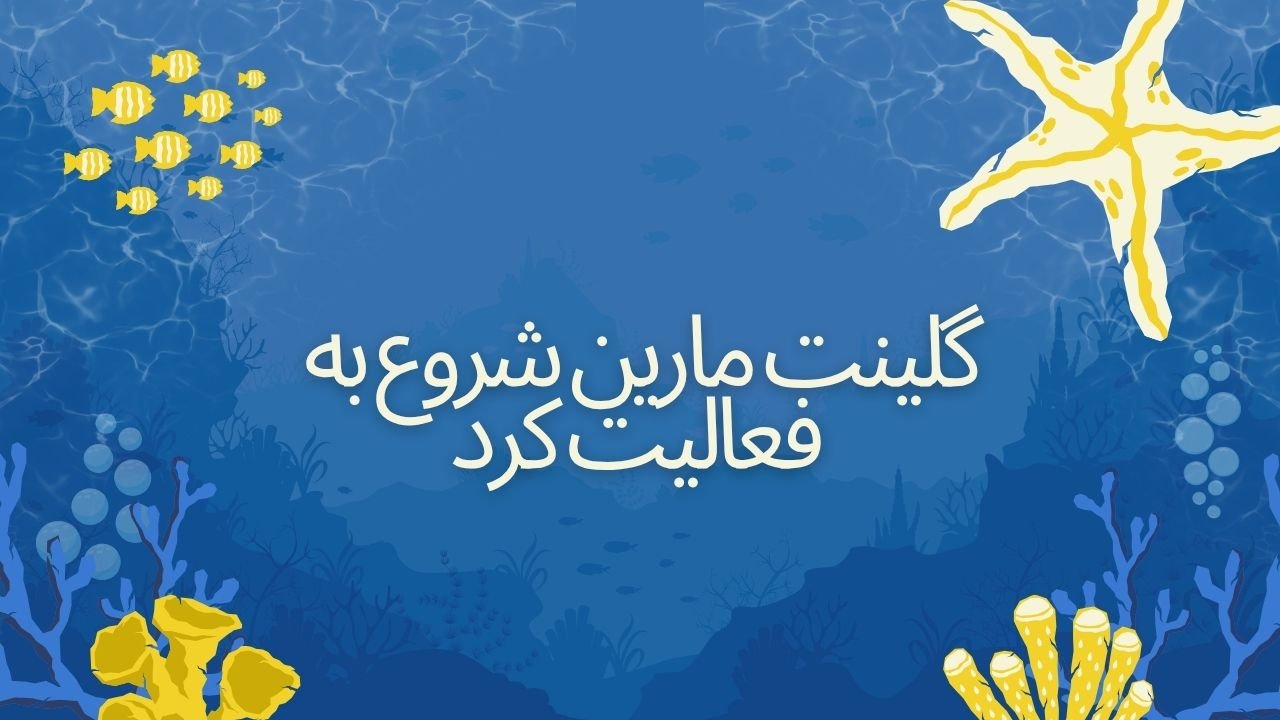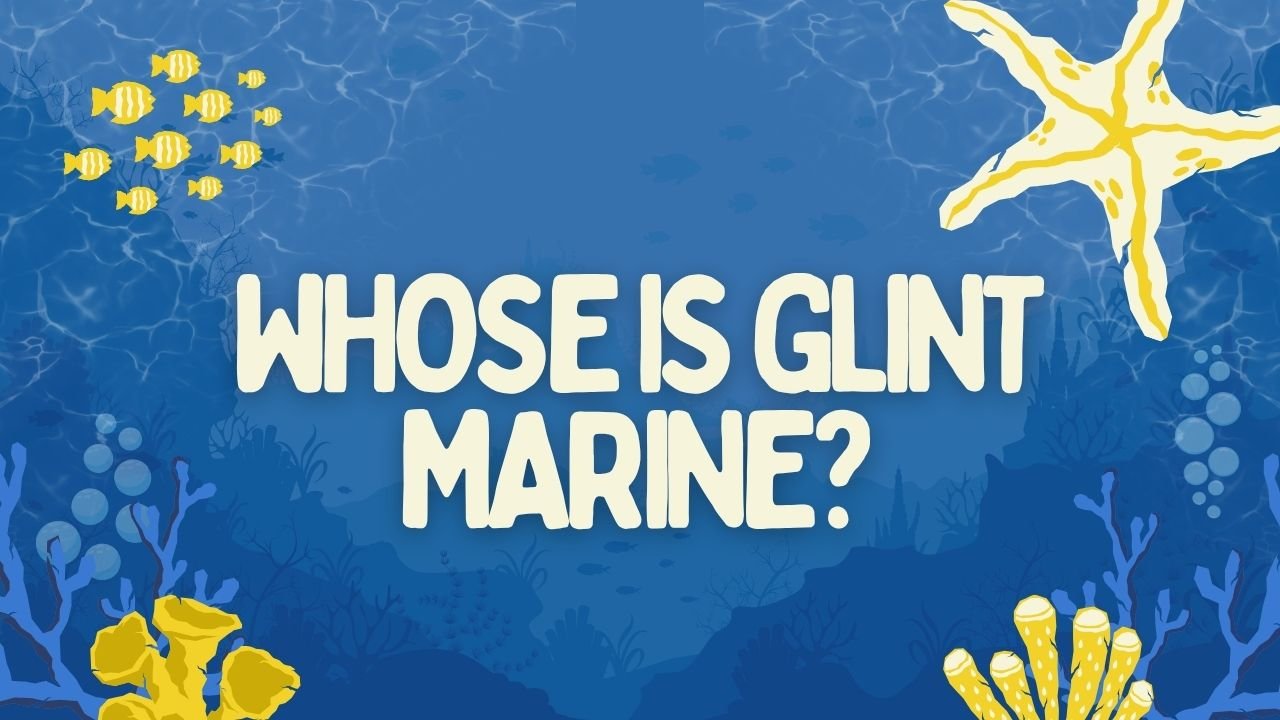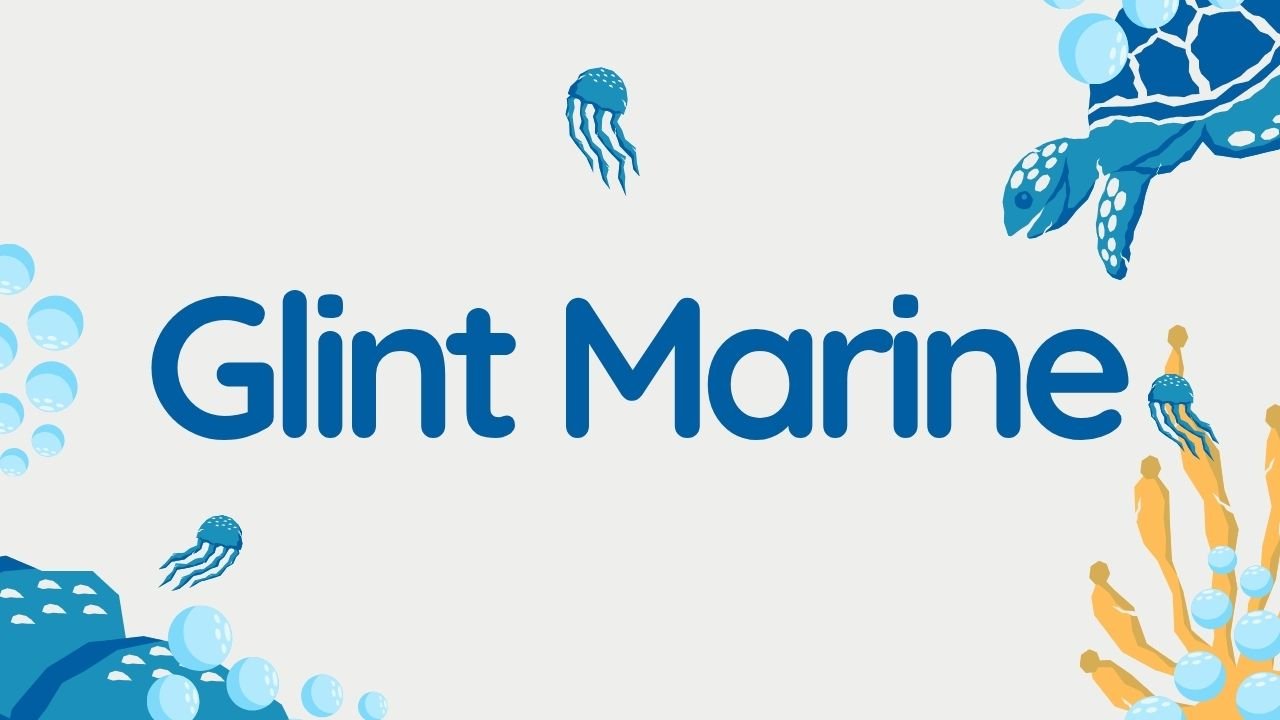The seas are vast bodies of saline water that cover a significant portion of the Earth’s surface, playing a crucial role in the planet’s overall health. They are essential for biodiversity, housing a dynamic range of flora and fauna that contribute to the ecological balance. The importance of seas extends beyond their biological wealth; they are also instrumental in climate regulation, with their currents influencing weather patterns and global temperatures. As an interface between land and ocean, seas serve as nurseries for marine life, fostering species development and sustaining fisheries vital for human consumption.
Seas can be categorized into different types, notably coastal seas and open seas. Coastal seas, often located near land, are characterized by shallow waters and rich biodiversity, often supporting ecosystems such as mangroves, coral reefs, and seagrass beds. These areas are not only biodiverse but also crucial for human activities, including fishing, tourism, and transportation. In contrast, open seas are larger bodies of water that symbolize deeper marine environments. These areas can be more challenging to explore due to their depth and the complexity of their ecosystems, yet they contribute significantly to the Earth’s oxygen supply and carbon cycle through the photosynthetic activities of phytoplankton.
The unique characteristics of seas are shaped by various factors, including salinity, temperature, and currents. These factors not only help define distinct ecosystems within the seas but also influence human interactions. For instance, understanding these marine environments is essential for the sustainable management of resources, as overfishing, pollution, and climate change pose significant threats. Recognizing the diverse forms, functions, and ecosystems of the seas will allow for better protection and conservation efforts, which are imperative to maintain these vital natural resources for future generations.
Marine Ecosystems and Biodiversity
Marine ecosystems represent some of the most diverse and complex environments on our planet. They encompass a variety of habitats, including coral reefs, mangroves, and the deep sea, each supporting a unique array of species and ecological interactions. Coral reefs, often termed the “rainforests of the sea,” are home to thousands of marine species, from vibrant fish to intricate invertebrates. These ecosystems play a fundamental role in maintaining biodiversity by providing shelter, breeding grounds, and food for numerous marine organisms.
Mangrove forests, found along tropical and subtropical coastlines, serve as critical buffer zones between terrestrial and marine environments. They provide essential services such as stabilizing coastlines, filtering pollutants, and serving as nursery grounds for fish and crustaceans. The rich biodiversity found within mangroves includes not only plants but also diverse animal species such as birds, reptiles, and various aquatic organisms, all of which contribute to the overall health of marine ecosystems.
Deep-sea habitats, typically characterized by extreme conditions such as high pressure and low temperatures, are another vital component of marine biodiversity. These environments host unique species, including bioluminescent organisms, extremophiles, and various types of fish adapted to life in the dark. The discovery of new species in these mysterious depths underscores the importance of continued exploration and research in understanding our oceans’ complex web of life.
Preserving marine ecosystems is crucial for ecological balance and sustainability. Human activities such as overfishing, pollution, and climate change pose significant threats to these habitats and their inhabitants. Efforts aimed at conservation, restoration, and sustainable management are necessary to ensure that marine biodiversity is maintained for future generations. Protecting these rich ecosystems not only safeguards the numerous species that inhabit them but also secures the essential services they provide to humanity.
Types of Marine Vehicles
Marine vehicles play a crucial role in various sectors including recreational activities, commercial shipping, marine research, and naval defense. Understanding the different types of marine vehicles can enhance the appreciation of their significance and multifunctional capabilities.
Starting with recreational boating, these vehicles encompass a wide range of options such as yachts, sailboats, and personal watercraft. Yachts are luxurious vessels often utilized for leisure and exploration on open waters, while sailboats harness wind power for navigation, appealing to sailing enthusiasts. Personal watercraft, like jet skis, offer thrill-seekers a fast-paced experience on the water. Each type caters to specific preferences and activities, thus popularizing recreational boating among diverse age groups.
In the domain of commercial shipping, large cargo ships, container vessels, and tankers dominate the landscape. These marine vehicles are designed for transporting goods across oceans, making global trade possible. Cargo ships are equipped to carry bulk materials, while container vessels transport pre-packed freight. Tankers specialize in transporting liquid commodities, including oil and chemicals, demonstrating the critical role they play in the global economy.
Marine research relies heavily on specialized vessels that are designed to facilitate scientific investigation of marine environments. Research ships are equipped with laboratories and advanced technologies for oceanographic studies, while submersibles are used for deep-sea exploration, enabling scientists to study underwater ecosystems and marine life in their natural habitats.
Lastly, naval defense employs a variety of military marine vehicles including destroyers, submarines, and aircraft carriers. Destroyers are equipped for various combat situations, submarines offer stealth capabilities for surveillance and strategic operations, and aircraft carriers serve as floating airbases for military aircraft. Each of these vessels underscores the importance of maritime security in global defense strategies.
Marine Safety and Navigation
Ensuring safety while navigating the seas is paramount for all maritime travelers. As the marine environment can be unpredictable, having robust safety measures in place significantly reduces risks associated with water travel. Lifesaving equipment is essential for any vessel, and it includes life jackets, lifeboats, flares, and first aid kits. Each member of the crew should be trained in the proper use of this equipment, as it can mean the difference between life and death in emergency situations.
In addition to lifesaving equipment, navigation systems play a critical role in ensuring safe marine travel. Modern vessels are equipped with advanced tools such as GPS (Global Positioning System) and radar, both of which assist in determining the ship’s position and monitoring surrounding areas. GPS allows for precise tracking and route planning, while radar helps detect obstacles, weather patterns, and other vessels, thus minimizing the chances of collisions. Other invaluable tools include electronic charts, which provide detailed information about water depths and navigation routes.
Adherence to maritime laws and regulations is vital for promoting safety on the water. These regulations, which are established by international bodies such as the International Maritime Organization (IMO), outline the responsibilities of seafarers and outline necessary safety measures. It is imperative for boat operators to be knowledgeable about local and international maritime laws, keeping in mind that these laws evolve to address new challenges in marine safety. Compliance with speed limits, right-of-way rules, and environmental regulations is essential to ensure a secure and responsible marine navigation experience.
Ultimately, the combination of lifesaving equipment, sophisticated navigation systems, and strict adherence to maritime laws creates a framework for safe and successful marine travel. By prioritizing safety measures and being informed about relevant regulations, travelers can help maintain a secure environment for everyone at sea.
Environmental Impact of Marine Vehicles
Marine vehicles, including cargo ships, fishing boats, and cruise liners, play a vital role in global trade and tourism; however, their environmental impact is a growing concern. One of the most significant issues associated with these vehicles is pollution. Oil spills, often resulting from maritime accidents, pose severe threats to marine ecosystems. These spills can devastate marine life, disrupting food chains and destroying habitats. Moreover, leaking tanks and ballast water discharge introduce harmful substances and invasive species, which exacerbate the problem.
In addition to oil pollution, plastic waste is another pressing issue linked to marine vehicles. Improper disposal of waste on ships leads to a considerable increase in plastic debris in oceans. This pollution not only affects water quality but also poses a lethal threat to marine wildlife, as animals often ingest or become entangled in plastic materials. The presence of microplastics has been found even in remote marine environments, indicating the widespread nature of this issue.
The emissions from marine vehicles represent another critical environmental challenge. Ships generate greenhouse gases (GHGs) and other pollutants, including sulfur oxides and nitrogen oxides, contributing to climate change and air pollution. The International Maritime Organization (IMO) has set targets to reduce GHG emissions by at least 50% by 2050, relative to 2008 levels. Various technologies are being explored to achieve these goals, such as exhaust gas cleaning systems, alternative fuels, and improved vessel designs that enhance energy efficiency.
In efforts to bridge the gap between maritime operations and environmental sustainability, ongoing research and development initiatives aim to lessen the adverse impacts of marine vehicles. Innovations such as hybrid propulsion systems, better waste management practices, and stricter regulations on discharges are being implemented. It is imperative that the shipping industry continues to evolve, adopting greener practices that not only safeguard marine biodiversity but also ensure a sustainable future for oceanic ecosystems.
Innovations in Marine Vehicle Technology
The marine industry is undergoing a transformative phase marked by significant innovations in marine vehicle technology. This evolution is characterized by an increasing focus on sustainability, efficiency, and autonomy. As environmental concerns grow, stakeholders in the industry are actively integrating advanced technologies that pave the way for greener marine transportation.
Electric vessels represent one of the most significant advancements in marine vehicle technology. Powered by batteries, these vessels minimize greenhouse gas emissions and offer a quieter operation compared to traditional fuel-powered ships. Various designs are emerging, ranging from fully electric ferries to hybrid solutions that utilize both electric propulsion and conventional engines. These innovations not only cater to environmental regulations but also reduce operating costs and improve overall efficiency.
Another notable development is the rise of autonomous ships. These vessels, equipped with advanced sensors and artificial intelligence, can navigate and operate with minimal human intervention. The potential benefits of this technology are profound; it promises to enhance safety by reducing human error, optimize routes for fuel efficiency, and lower the costs associated with crew management. Companies are actively investing in research and development to refine these systems, ensuring they meet industry standards and regulatory requirements.
In addition to electric power and autonomy, there have been enhancements in fuel efficiency through innovative designs and materials. New hull designs reduce drag, while lightweight materials improve stability and speed, furthering the goals of sustainability. Furthermore, alternative fuel sources, such as hydrogen and biofuels, are being explored to complement existing technologies. These advancements reflect a broader commitment within the marine industry to embrace sustainable practices and lead the transition to a low-carbon future.
Marine Conservation Efforts
As the importance of marine ecosystems becomes increasingly recognized, numerous conservation projects and initiatives have emerged worldwide aimed at safeguarding these vital environments. Marine conservation efforts predominantly involve governments, non-governmental organizations (NGOs), and local communities collaborating to protect marine species and habitats to ensure them for future generations.
Governments play a critical role in implementing regulations and policies that aim to curtail activities detrimental to the oceans, such as overfishing, pollution, and habitat destruction. Marine protected areas (MPAs) have become a key strategy, where specific zones in the ocean are designated to limit human activity, allowing ecosystems to recover. For instance, the Great Barrier Reef Marine Park in Australia serves as a prominent example where government-led initiatives have helped protect a diverse array of marine species and habitats, fostering tourism and research opportunities.
NGOs are equally instrumental in promoting marine conservation. Organizations such as Oceana and the Marine Conservation Society engage in advocacy, education, and research, raising awareness about marine conservation challenges and motivating public involvement. These NGOs often work alongside scientists to implement sustainable practices and restore degraded marine environments. A noteworthy case is the “Coral Triangle Initiative,” which unites several Southeast Asian nations to collaboratively tackle threats to coral reefs, thereby promoting biodiversity and sustainable fisheries.
Local communities are the backbone of successful marine conservation projects. Their traditional knowledge and vested interest in local ecosystems often drive sustainable practices. Initiatives that include community engagement have shown promising results, such as the Locally Managed Marine Areas (LMMAs) throughout the Pacific Islands. These programs empower communities to govern their marine resources, ensuring both ecological health and economic sustainability, making significant strides towards preserving marine life.
In summary, the collective efforts of governments, NGOs, and local communities are paramount in marine conservation initiatives. Through collaboration and innovative strategies, remarkable successes are being achieved in the preservation of marine ecosystems, highlighting the critical necessity for ongoing support and engagement in these vital efforts.
The Future of Marine Exploration
The future of marine exploration is poised for remarkable transformation, driven largely by advancements in underwater exploration technology. Innovations such as autonomous underwater vehicles (AUVs), remotely operated vehicles (ROVs), and advanced sonar systems are redefining the ways researchers and explorers venture into the depths of our oceans. These technological tools enable detailed mapping of the seafloor, allowing scientists to access previously unreachable areas and gather critical data that leads to a better understanding of marine ecosystems.
One of the most exciting aspects of the future of marine exploration is the potential for discovering new marine species. With vast regions of the ocean still largely unexplored, each expedition presents the opportunity to introduce new organisms to science. These discoveries could significantly enhance our understanding of biodiversity and the role these species play in their ecosystems. Researchers estimate that millions of species await discovery, reinforcing a strong need for continued exploration and study of marine environments.
Marine vehicles are central to the ongoing research and exploration efforts. These vehicles, whether crewed or uncrewed, facilitate the study of oceanic processes, marine life behavior, and environmental changes. For instance, the deployment of AUVs equipped with state-of-the-art sensors allows for long-term monitoring of ocean health, tracking changes in temperature, salinity, and pollution levels. This data is crucial for shaping policies aimed at marine conservation and sustainable practices.
Furthermore, the future of marine exploration emphasizes the importance of sustainable and responsible practices. As exploration expands, the need to protect fragile ocean ecosystems grows ever more paramount. Developing protocols that minimize the environmental impact of exploration activities and engaging in responsible research methodologies will help ensure that marine environments are preserved for future generations. In conclusion, the integration of advanced technologies and a commitment to sustainability are crucial elements that will shape the future of marine exploration and conservation.
Conclusion and Call to Action
As we conclude this comprehensive exploration of seas and marine vehicles, it becomes clear that the relationship between humans and the ocean is both intricate and vital. Our seas not only serve as the bedrock of diverse marine ecosystems but also as essential avenues for transportation, trade, and exploration. Understanding the complexity of marine environments equips us with the knowledge necessary to appreciate their value and the urgency of protecting them.
Throughout our discussion, we have highlighted the significance of marine vehicles, which facilitate connectivity, research, and economic activities on a global scale. These vehicles are indispensable in various sectors, from shipping goods across vast oceans to conducting scientific research necessary for environmental sustainability. Yet, they also bear a responsibility to operate in ways that minimize ecological impact and promote environmental stewardship.
Moreover, the health of our oceans is increasingly threatened by pollution, climate change, and overfishing. Recognizing these challenges is crucial for implementing effective conservation strategies. It is imperative for all of us to engage in marine conservation efforts, whether through supporting policies aimed at protecting marine habitats, participating in clean-up initiatives, or contributing to educational programs that raise awareness about oceanic issues.
We encourage you to take action by getting involved in local conservation projects or advocating for sustainable practices in your community. Sharing knowledge about marine ecosystems and the importance of marine vehicles can inspire others to join in this vital cause. Together, we can foster a greater understanding of our oceans and work towards a future where marine environments thrive, ensuring their preservation for generations to come.


